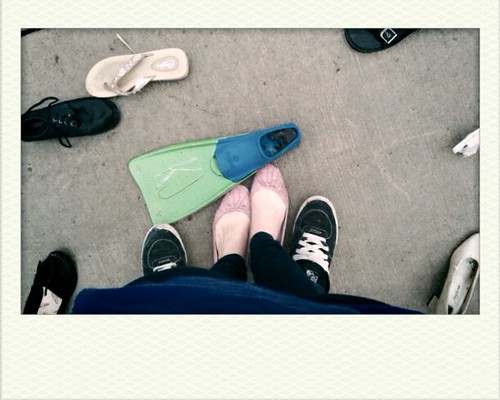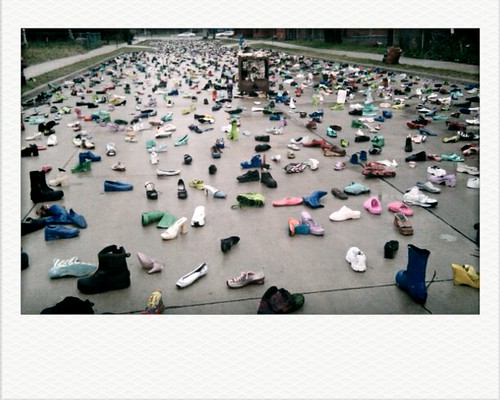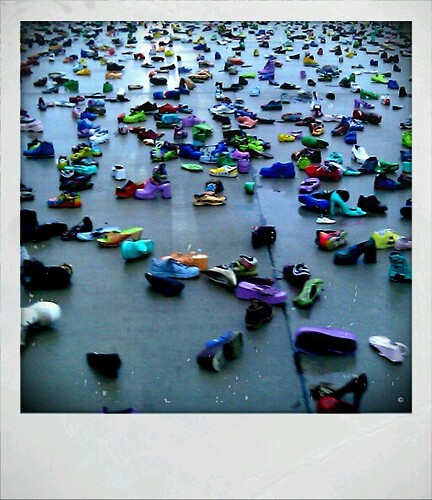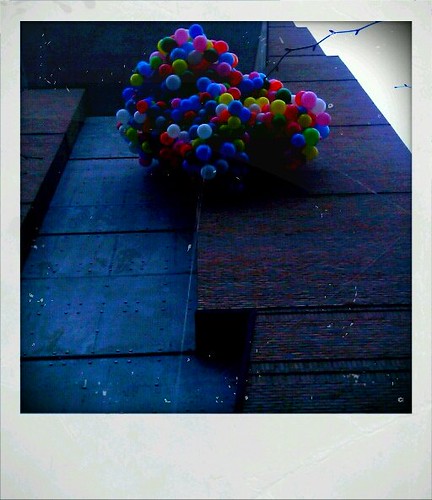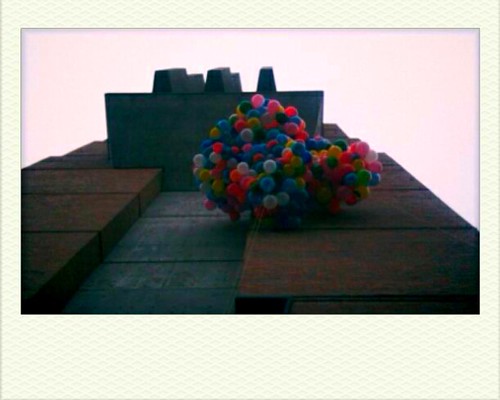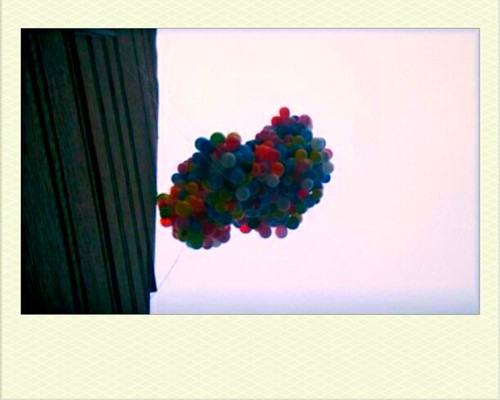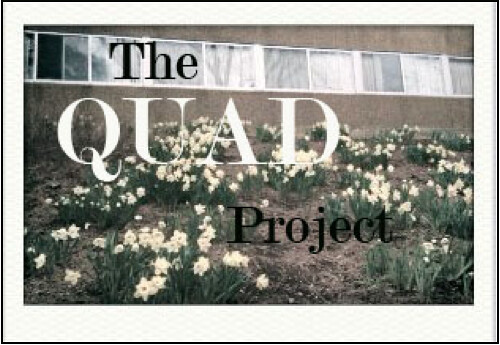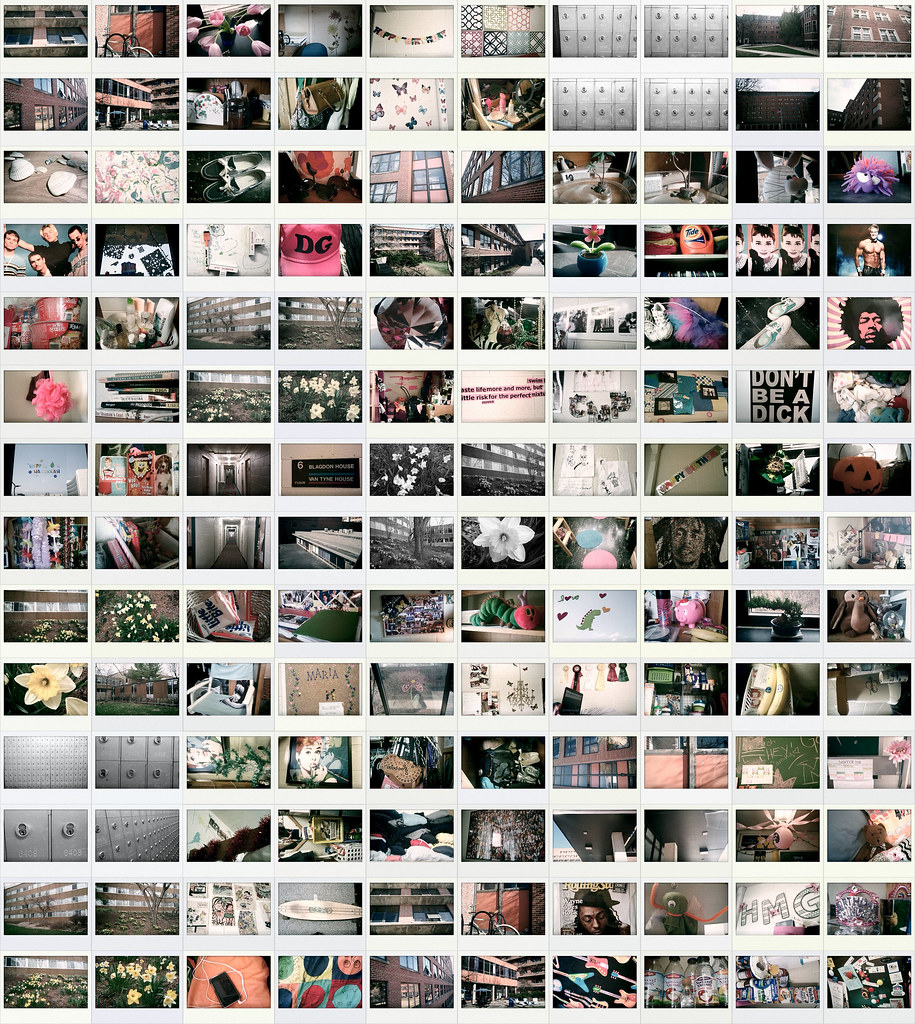Woken up by my mom’s incessant cries, I launched out of bed to see what was wrong. “How appropriate. The one day I have off this week and what do you know? It’s raining,” she said. Still half asleep, I reassured her that the skies might clear up. It was a classic case of bad luck but rather than letting the rain spoil our morning I remained hopeful; the storm clouds could rain on our parade but our spirits couldn’t be dampened.
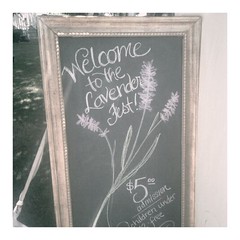
“That’s Pure Michigan for you,” I interjected with as smile as she continued to sulk in disappointment. “Even if it’s raining and we’re knee-high in mud we’ll be sure to have a good time,” I said reassuringly. With a little more persuasion and a steaming cup of press coffee to calm the nerves, mom agreed to set off to Blake’s Farm in Armada Michigan where the annual Lavender Festival awaited. Knowing the state of Michigan’s unpredictability, the forecast is always susceptible to change.
At the beginning of the summer I created a list of things to do before the summer’s end. The list included hosting a three-course dinner party, venturing on a spontaneous road trip, starting an herb garden, going to a drive-in movie theater, flying a kite, riding the People Mover, and other mini goals within Michigan boundaries. The list continues to grow as I cross off older items, marked with the date of completion, and then add new items to stand in its place. One day while editing the list I recalled receiving a pretty postcard advertising some sort of lavender festival. The postcard was long lost, shuffled away in a mountain of mail somewhere. Starting an herb garden had been crossed off the list months ago and since it’s completion, I’ve fallen in love with fresh herbs and cooking. Lavender, I thought, would be a nice addition.
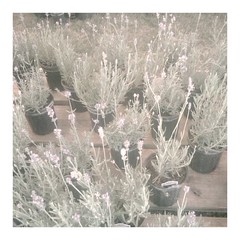 In an effort to research the plant, I researched ‘lavender festivals’ in Michigan and stumbled upon Blake Farm’s website, which described the event as “symphony for the senses.” The event promised the perfect mid-summer getaway with only a short drive from the hustle and bustle of city life. The drive was truly an escape, passing acres of orchards, old Victorian-style houses, and abandoned barns that took on a charm of their own. Unfortunately, the website notified visitors that the Lavender harvest was postponed until next summer do to cold, wet spring. That’s the “murder mitten” for you I suppose. Saddened by the news, I regretted that we were unable to pick our own lavender; however, Blake Farms offered an orchard full of fresh raspberries and tart cherries to gather. I’ve decided to save the U-pick orchard for a later date when blueberries are in season, enabling me to knock two additional items off the list: canning and picking.
In an effort to research the plant, I researched ‘lavender festivals’ in Michigan and stumbled upon Blake Farm’s website, which described the event as “symphony for the senses.” The event promised the perfect mid-summer getaway with only a short drive from the hustle and bustle of city life. The drive was truly an escape, passing acres of orchards, old Victorian-style houses, and abandoned barns that took on a charm of their own. Unfortunately, the website notified visitors that the Lavender harvest was postponed until next summer do to cold, wet spring. That’s the “murder mitten” for you I suppose. Saddened by the news, I regretted that we were unable to pick our own lavender; however, Blake Farms offered an orchard full of fresh raspberries and tart cherries to gather. I’ve decided to save the U-pick orchard for a later date when blueberries are in season, enabling me to knock two additional items off the list: canning and picking.
Although handpicked lavender would have been a nice addition to the day’s events, the Michigan Lavender festival commemorated the purple plant in other ways. The festival knit together groups of local vendors and artists who are passionate about the multi-purpose plant as well as Michigan-made products. Booths catered to the medicinal and culinary benefits of lavender. Drawn to the sweet words of ‘free sample,’ I circled the tents, tasting lavender infused baked goods and treats. Fortunately, mom and I arrived at the crack of dawn in order to escape the heat and crowd; therefore, we were among the first to snag limited samples of lavender shortbread and scones. To my mom’s satisfaction and amusement, the sun made an unexpected appearance. Unfortunately, we could only avoid the sun’s rays for so long and by ten o’clock the sun was beating down hard. Michigan had pulled a complete three-sixty and judging by the brilliant blue skies, no one would have guessed it was raining earlier. “See, you never know what the day has is store,” I said while trying to hold in a laugh.
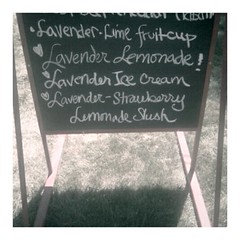
Ladies dressed in shades of lilac strolled the grounds, sipping on lavender ice tea and sampling spoonfuls of lavender sugar and lavender infused honey. In hopes of cooling off ourselves, mom and I decided to indulge in a scoop of homemade lavender ice cream under a shaded picnic table. There, we revealed our purchases. We exchanges stories and shared our newly found treasures. A sashay of dried lavender, two lavender plants, and a bar of lavender soap for mom and a pouch of loose lavender lemonade tea and a tiny tin of culinary lavender for me. Needless to say, we both fell in love with lavender.
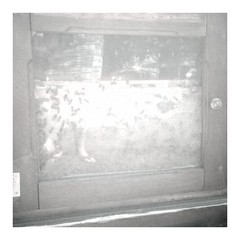
Days like these last forever. The drive alone reminded me Michigan’s raw beauty and that you don’t have to travel far to find it. Meeting the face behind the product rooted a new understanding of “supporting local:” a term we are often encouraged to use but frequently forget. There are plenty of places to go to celebrate Michigan farmers and entrepreneurs who are working to bring local Michigan to our tables and those men and women should never go without recognition. Michigan farmer’s markets, flea markets, and farms are among many places agriculture, art, and culture are connected. There, priceless treasures can be found and even though up north is among every Michigander’s favorite place to visit, the gems hidden along the way are perhaps the most valuable.
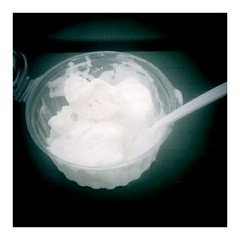
While driving home we passed endless fields of baby green apple trees and I thought about the upcoming season of fall. Autumn promises walks through pumpkin patches, the scent of garden harvest bread baking in the oven, and frequent trips to the Franklin Cider Mill where brown paper bags dipped in grease are vied as if they were gold. No matter how much I may anticipate the arrival of autumn, it’s important to remember the beauty each season Michigan harvests. After fall comes old man winter and that’s something I’d like to postpone for as long as possible. In the meantime, average days can be turned into memories by discovering what surrounds you: friendly neighbors, delicious food, and “pure” adventure. Enjoy summer days even if the weather is grey- it may surprise you.
Visit www.blakefarms.com to check out upcoming events or to check up on what produce is in season.
Blake Farm Events
Arts and Crafts Show Sunday and Monday September 4th -5th (10am-5pm)
Fall Festival Show on Saturday and Sunday September 10th-11th (10am-5pm)
Interested in brewing your own cup of Lavender Lemonade Tea? Visit www.HerbalSereniTea.com
Bake your own Lavender Shortbread Cookies by following the recipe at http://www.jessicasdinnerparty.com/2009/12/lavender-shortbread-cookies/



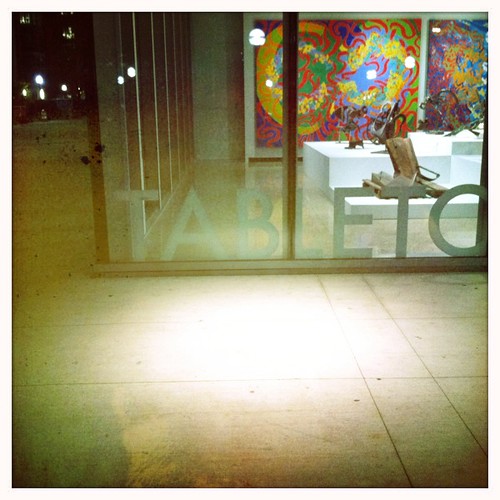 Amongst the hustle and bustle of a busy college life, it seems as though there’s hardly time to breathe. So, when the moment strikes and there’s a minute to spare, why not venture to the University of Michigan Museum of Art? Certain places on campus such as the art museum and graduate stacks provide the perfect temporary escape. Environments such as these enable students to loose themselves and to momentarily disconnect from the whirlwind of academics. The UMMA encourages students to engage in something cultural, but proves to be more energizing than mind draining. Who knows how many times a day students pass the art museum on their way to class, glance into the glass box that is The UMMA Projects, and wonder what in the world is in there. After a long day of back-to-back classes, a sudden calm awaits by simply wandering the gallery stalls and taking a few minutes sitting down, or rather standing around, Mark Di Suvero’s current exhibit: Tabletops.
Amongst the hustle and bustle of a busy college life, it seems as though there’s hardly time to breathe. So, when the moment strikes and there’s a minute to spare, why not venture to the University of Michigan Museum of Art? Certain places on campus such as the art museum and graduate stacks provide the perfect temporary escape. Environments such as these enable students to loose themselves and to momentarily disconnect from the whirlwind of academics. The UMMA encourages students to engage in something cultural, but proves to be more energizing than mind draining. Who knows how many times a day students pass the art museum on their way to class, glance into the glass box that is The UMMA Projects, and wonder what in the world is in there. After a long day of back-to-back classes, a sudden calm awaits by simply wandering the gallery stalls and taking a few minutes sitting down, or rather standing around, Mark Di Suvero’s current exhibit: Tabletops.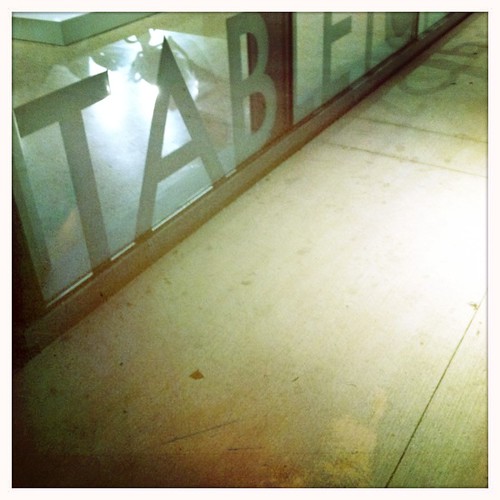

 In an effort to research the plant, I researched ‘lavender festivals’ in Michigan and stumbled upon Blake Farm’s website, which described the event as “symphony for the senses.” The event promised the perfect mid-summer getaway with only a short drive from the hustle and bustle of city life. The drive was truly an escape, passing acres of orchards, old Victorian-style houses, and abandoned barns that took on a charm of their own. Unfortunately, the website notified visitors that the Lavender harvest was postponed until next summer do to cold, wet spring. That’s the “murder mitten” for you I suppose. Saddened by the news, I regretted that we were unable to pick our own lavender; however, Blake Farms offered an orchard full of fresh raspberries and tart cherries to gather. I’ve decided to save the U-pick orchard for a later date when blueberries are in season, enabling me to knock two additional items off the list: canning and picking.
In an effort to research the plant, I researched ‘lavender festivals’ in Michigan and stumbled upon Blake Farm’s website, which described the event as “symphony for the senses.” The event promised the perfect mid-summer getaway with only a short drive from the hustle and bustle of city life. The drive was truly an escape, passing acres of orchards, old Victorian-style houses, and abandoned barns that took on a charm of their own. Unfortunately, the website notified visitors that the Lavender harvest was postponed until next summer do to cold, wet spring. That’s the “murder mitten” for you I suppose. Saddened by the news, I regretted that we were unable to pick our own lavender; however, Blake Farms offered an orchard full of fresh raspberries and tart cherries to gather. I’ve decided to save the U-pick orchard for a later date when blueberries are in season, enabling me to knock two additional items off the list: canning and picking.



